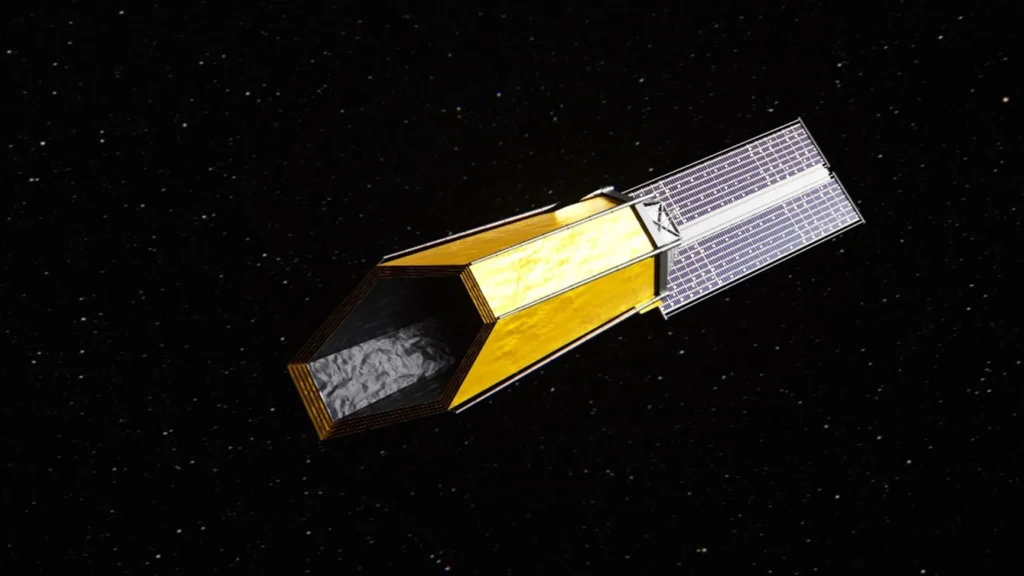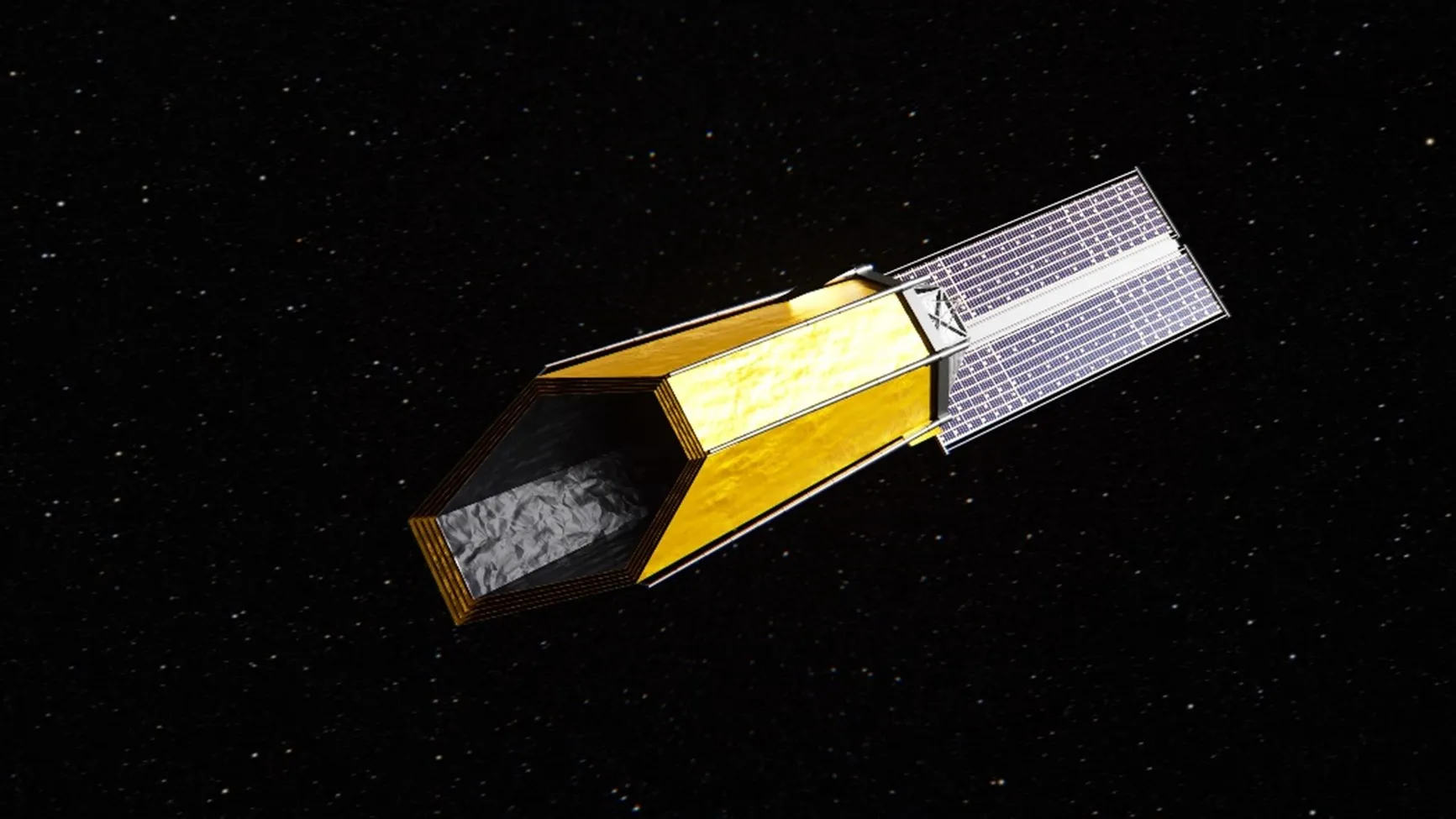NASA, space exploration, habitable worlds, advanced technologies, propulsion systems, life support systems, space habitats, robotic exploration, communication systems, exoplanets, space missions, NASA innovations
Discover how NASA is pioneering the future of space exploration with the award of advanced technology contracts aimed at discovering and studying habitable worlds. Learn about the innovative propulsion systems, life support systems, expandable habitats, robotic technologies, and advanced communication systems that will drive humanity’s next great leap into the cosmos.

Introduction
NASA’s relentless pursuit of space exploration and technological innovation continues to drive its mission forward. Recently, the agency awarded contracts to several cutting-edge technology projects aimed at supporting future missions to discover and study habitable worlds beyond our solar system. This strategic investment in advanced technologies underlines NASA’s commitment to expanding our understanding of the universe and ensuring the success of these ambitious endeavors.
The Importance of Advanced Technologies in Space Exploration
Advanced technologies are the cornerstone of modern space exploration. They enhance our ability to observe and analyze distant celestial bodies, improve communication systems, and ensure the sustainability and safety of long-duration missions. The development and implementation of these technologies are crucial for the success of missions aimed at finding and studying habitable worlds.
Awarded Technologies and Their Applications
- Advanced Propulsion Systems One of the significant advancements funded by NASA is the development of advanced propulsion systems. These systems are designed to significantly reduce travel time to distant planets, making long-duration missions more practical and feasible. For example, the Variable Specific Impulse Magnetoplasma Rocket (VASIMR) being developed by Ad Astra Rocket Company promises faster and more efficient space travel, which is essential for missions targeting distant exoplanets.
- Life Support Systems Sustaining life in the harsh environment of space is a critical challenge. NASA has awarded contracts to develop advanced life support systems capable of recycling air, water, and waste. These closed-loop systems are vital for maintaining a habitable environment within spacecraft and potential space habitats, allowing astronauts to live and work in space for extended periods.
- Habitat Design and Construction The design and construction of space habitats are crucial for long-term missions. NASA is investing in innovative habitat technologies such as expandable habitats developed by companies like Bigelow Aerospace. These habitats can be launched in a compact form and then expanded in space, providing more living space and better protection for astronauts.
- Robotic Exploration Robotic systems are essential for exploring and studying distant planets. NASA is funding the development of advanced robotic technologies that can operate autonomously in harsh environments. These robots can perform complex tasks, collect samples, and conduct scientific experiments, paving the way for human exploration by providing valuable data and insights.
- Communication Systems Reliable communication is crucial for deep space missions. NASA is investing in advanced communication technologies that can provide higher data rates and more reliable connections over vast distances. Improved communication systems ensure that spacecraft can maintain contact with mission control, facilitating better coordination and mission success.
The Role of Research Institutions
Research institutions play a pivotal role in the development of these advanced technologies. Universities and research centers collaborate with NASA and private companies to conduct cutting-edge research and develop innovative solutions. These partnerships ensure a continuous flow of new ideas and technological advancements that drive space exploration forward.
Challenges and Solutions
Developing advanced technologies for space exploration comes with unique challenges, such as the harsh conditions of space, the need for reliability and durability, and the constraints of space travel. NASA and its partners address these challenges through rigorous testing, innovative design, and continuous improvement. By overcoming these hurdles, they ensure that the technologies are robust and reliable for future missions.
The Future of Habitable Worlds Exploration
The technologies being developed today are laying the groundwork for the future exploration of habitable worlds. Advanced propulsion systems, sustainable life support, innovative habitat designs, autonomous robots, and reliable communication systems are all crucial components of future missions. Here are some key areas of focus:
- Identifying Habitable Worlds The search for habitable worlds involves identifying planets and moons with conditions that could support life. This includes the presence of liquid water, a suitable atmosphere, and a stable climate. Advanced telescopes and observational technologies will play a critical role in this quest, enabling scientists to gather detailed data about distant celestial bodies.
- Studying Exoplanetary Atmospheres Understanding the atmospheres of exoplanets is essential for determining their habitability. Advanced spectrometers and other observational instruments will help scientists analyze the composition and behavior of these atmospheres, providing valuable insights into their potential for supporting life.
- Simulating Habitable Conditions Before sending humans to distant worlds, it is essential to simulate habitable conditions on Earth. NASA and its partners are developing advanced simulation technologies that can recreate the environments of other planets. These simulations help researchers understand the challenges and requirements of living in space, guiding the development of life support systems and habitats.
Conclusion
NASA’s investment in advanced technologies is a significant step towards exploring and understanding habitable worlds beyond our solar system. The awarded technologies cover a wide range of areas, including propulsion systems, life support, habitat design, robotics, and communication. These advancements will ensure the success of future space missions and the potential discovery of life beyond Earth.
The collaboration between NASA, private companies, and research institutions is driving innovation and pushing the boundaries of what is possible in space exploration. As these technologies continue to develop, humanity moves closer to the dream of exploring and possibly colonizing other planets. The future of space exploration is bright, and the search for habitable worlds is more promising than ever.
By investing in these advanced technologies, NASA is not only preparing for future missions but also inspiring a new generation of scientists, engineers, and explorers. The journey to discover habitable worlds is just beginning, and the possibilities are endless.
Read More-
- NASA PREFIRE Mission: Tiny Satellites Measuring Earth Polar Heat Loss
- NASA Launches Tiny CubeSat to Revolutionize Earth Observation
- NASA and Sierra Space Dream Chaser Arrives in Florida for Launch Prep
- NASA and IBM Research Unveil Cutting-Edge AI Model for Weather and Climate Forecasting










